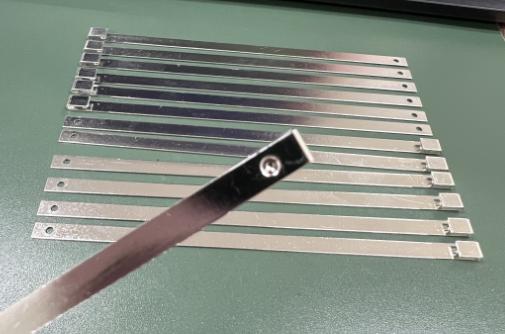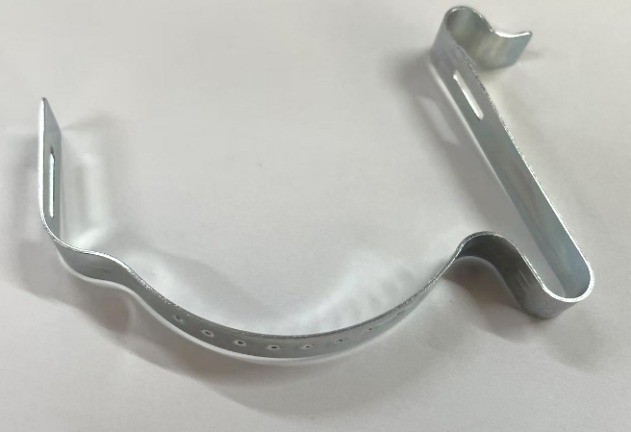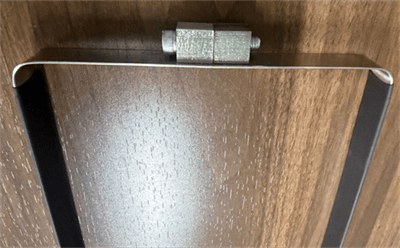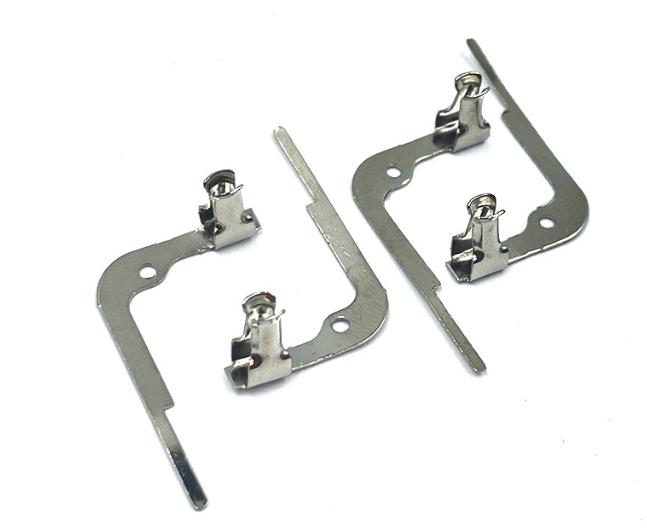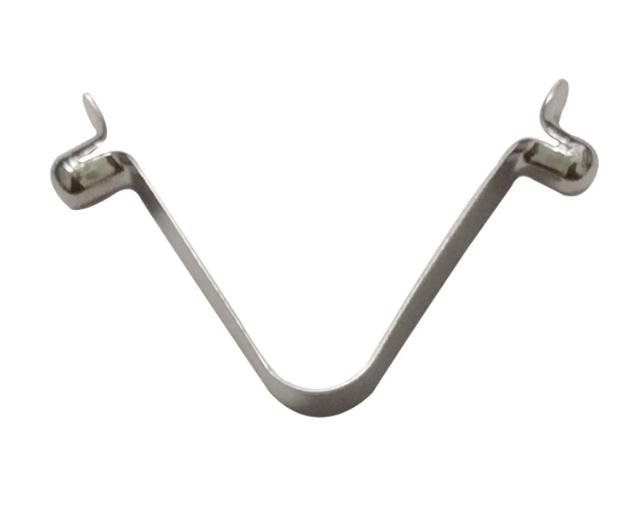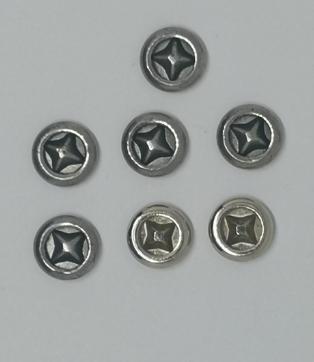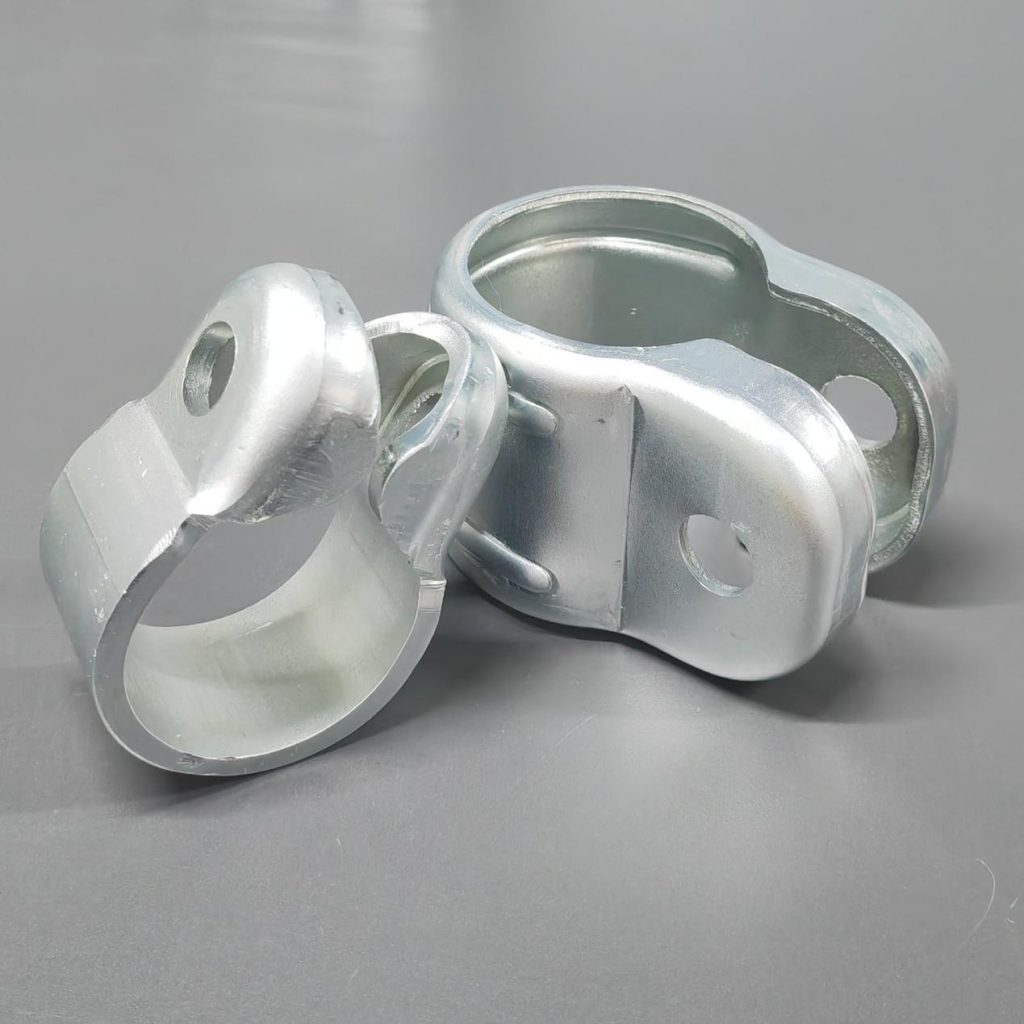How Smart Tooling is Integrated into Metal Stamping Dies: Enhancing Precision and Efficiency
Metal stamping is an important manufacturing process that is used in a variety of industries to shape and cut metal sheets into precise shapes and forms. Precision and efficiency of metal stamping die are critical factors in determining ultimate product quality. The incorporation of smart tooling technologies into metal stamping dies has transformed the metal stamping industry in recent years, offering manufacturers new capabilities to improve accuracy, reduce downtime, and increase the overall productivity of metal stamping dies.
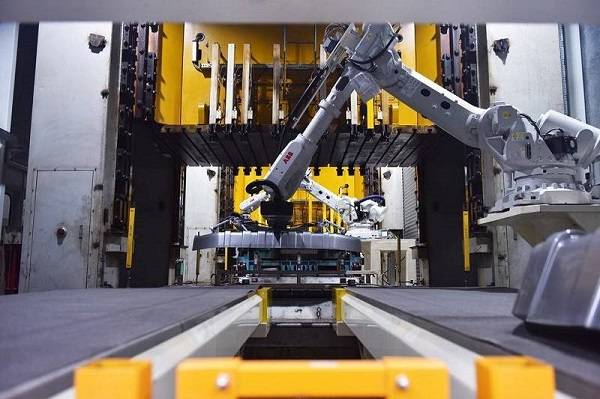
Smart Tooling Integrated in Metal Stamping Dies
The inclusion of cognitive technologies and sensors into traditional manufacturing tools, such as metal stamping dies, is referred to as smart tooling. These technologies help producers to make informed decisions, optimize operations, and handle possible concerns in real time.
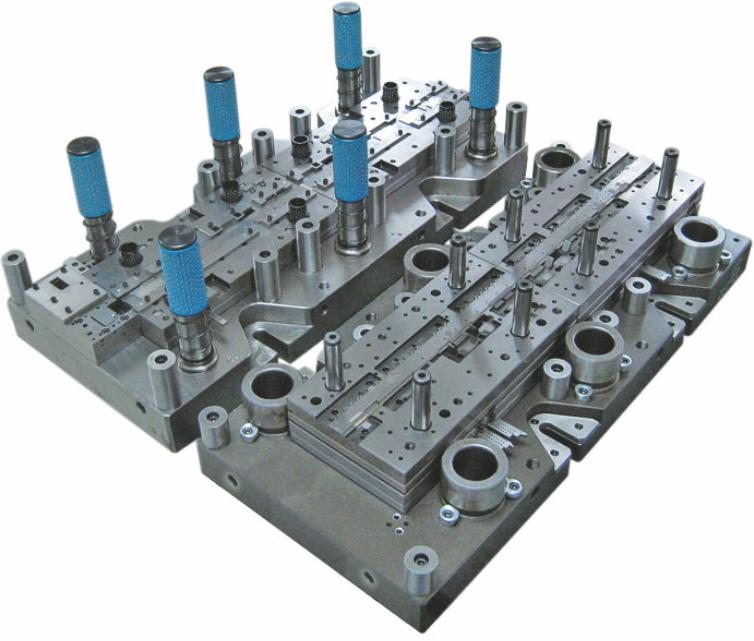
Sensor Integration in Metal Stamping Dies
Smart tooling embeds a variety of sensors directly into metal stamping dies. During the stamping process, these sensors are designed to monitor crucial factors such as temperature, pressure, force, and location. The real-time data obtained by these sensors provides information about the die’s performance and the stamping circumstances.
Real-Time Monitoring Used for Metal Stamping Dies
Smart tooling sensors offer real-time monitoring of the metal stamping process. This continuous feedback loop enables operators and automated systems to monitor die performance and spot deviations from ideal circumstances. Real-time monitoring is critical for recognizing problems early on, preventing faults, and guaranteeing consistent product quality.
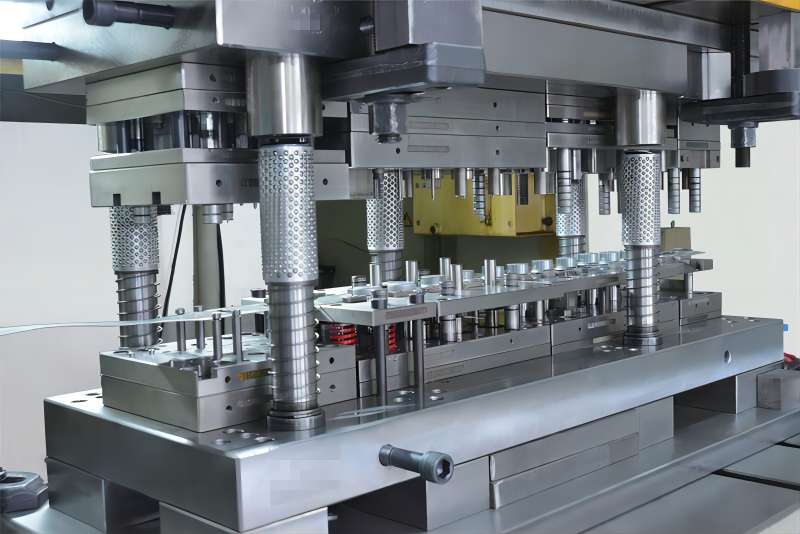
Data Analytics for Process Optimization in Metal Stamping Dies
Advanced data analytics technologies are used to interpret and evaluate data generated by smart tooling sensors. Metal stamping die manufacturers can acquire useful information regarding the performance trends of their dies over time. Analyzing this data aids in the identification of patterns, the optimization of the stamping process, and the making of data-driven decisions to improve efficiency and quality.
Predictive Maintenance for Metal Stamping Dies
One of the primary advantages of smart tools is the ability to conduct predictive maintenance procedures. Manufacturers can predict when maintenance is needed for metal stamping dies by regularly monitoring their condition. This proactive strategy decreases downtime, increases tool longevity, and lessens the likelihood of unexpected breakdowns.
Automation and Precision Control of Metal Stamping Dies
Smart tooling is often integrated with automated systems to achieve precise control over the metal stamping process. Automation ensures consistent application of force, speed, and other parameters, resulting in high precision and repeatability. This level of control is challenging to achieve manually and contributes to improved product quality.
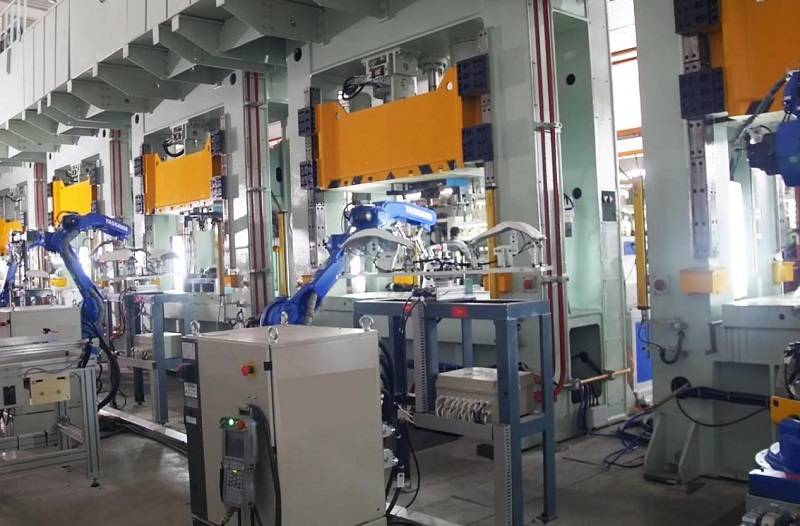
Remote Monitoring and Control of Metal Stamping Dies
Smart tooling technology enables remote monitoring and control of metal stamping dies. This capability is particularly beneficial for manufacturers with multiple facilities or for those overseeing production from a centralized location. Remote monitoring allows for real-time oversight, quick identification of issues, and the ability to make adjustments without physical presence.
Customization and Adaptability for Metal Stamping Dies
In the metal stamping process, smart tooling provides for increased customization and adaptability. The ability to fine-tune stamping dies based on real-time data and analytics ensures that they can be fine-tuned for varied materials, product specifications, or production conditions, maximizing performance for a wide range of manufacturing requirements.
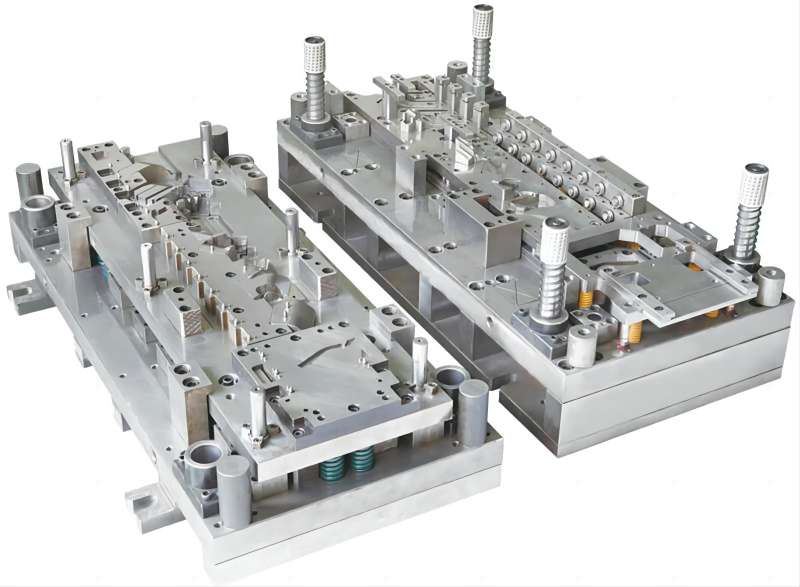
Conclusion
The integration of smart tooling in metal stamping dies marks a big step forward in the industrial industry’s pursuit of precision, efficiency, and productivity. Manufacturers can improve their metal stamping processes, cut costs, and produce high-quality products to meet the needs of today’s competitive market by leveraging the power of sensors, data analytics, predictive maintenance, and automation.

